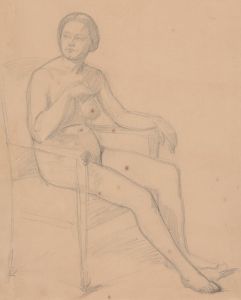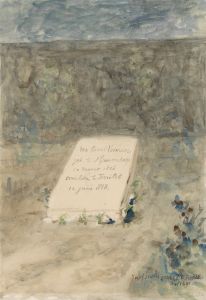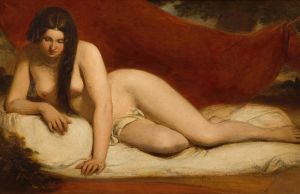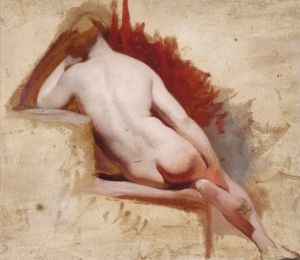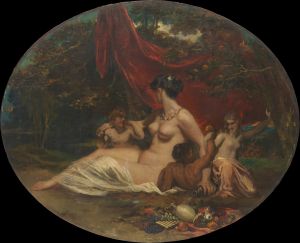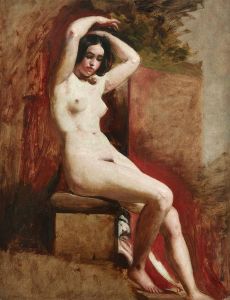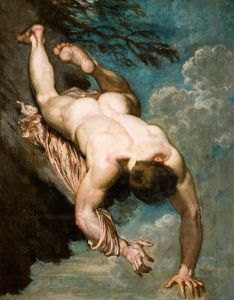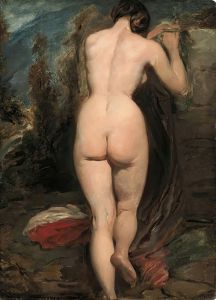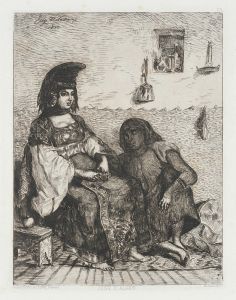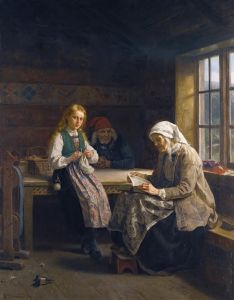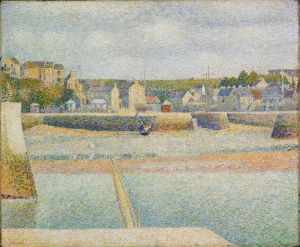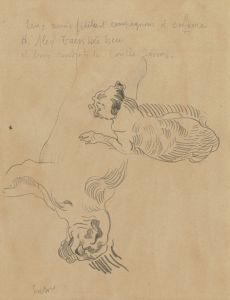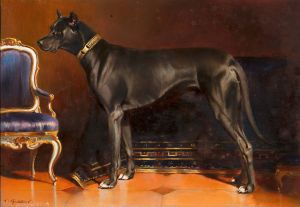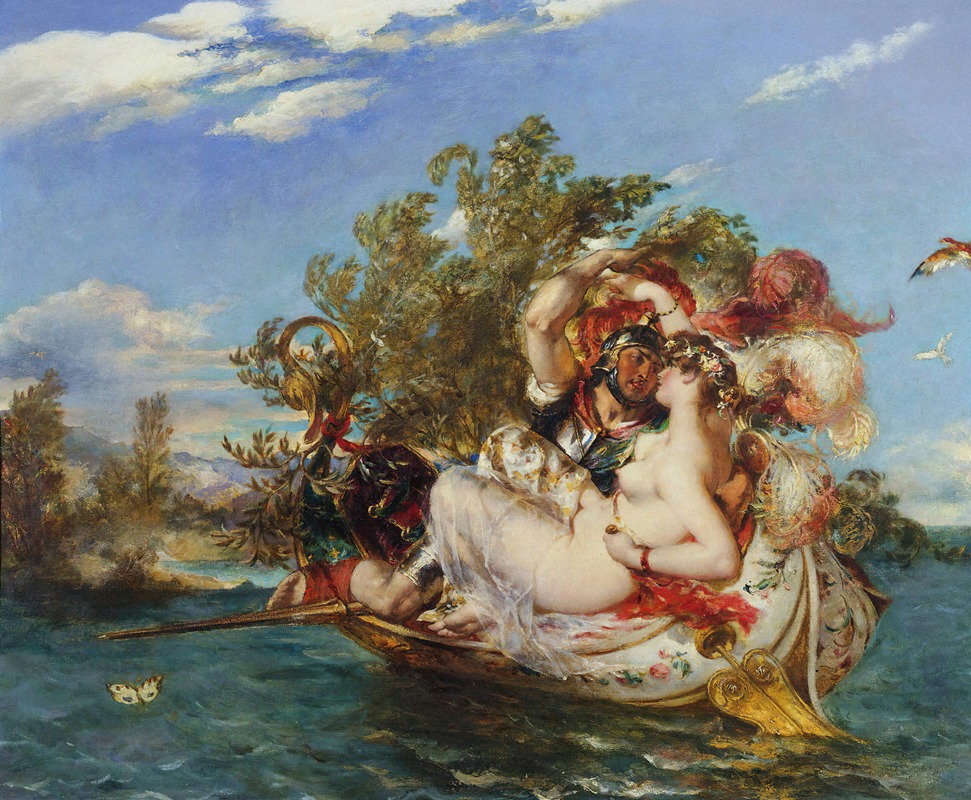
Phaedria and Cymochles
A hand-painted replica of William Etty’s masterpiece Phaedria and Cymochles, meticulously crafted by professional artists to capture the true essence of the original. Each piece is created with museum-quality canvas and rare mineral pigments, carefully painted by experienced artists with delicate brushstrokes and rich, layered colors to perfectly recreate the texture of the original artwork. Unlike machine-printed reproductions, this hand-painted version brings the painting to life, infused with the artist’s emotions and skill in every stroke. Whether for personal collection or home decoration, it instantly elevates the artistic atmosphere of any space.
William Etty's painting "Phaedria and Cymochles" is a notable work by the English artist, who is renowned for his depictions of mythological and historical subjects, often featuring the human figure in various states of undress. Etty, born in 1787 in York, England, was a prominent figure in the British art scene during the 19th century. He was particularly known for his ability to render the human form with a sense of realism and sensuality, which was both celebrated and criticized during his lifetime.
"Phaedria and Cymochles" is based on an episode from Edmund Spenser's epic poem "The Faerie Queene," published in the late 16th century. The poem is an allegorical work that explores themes of virtue and morality through a series of fantastical adventures. In this particular scene, Phaedria, a seductive enchantress, lures the knight Cymochles to her idyllic island, distracting him from his quest with her charms and the pleasures of the place.
Etty's painting captures the moment with a focus on the lush, sensual atmosphere of Phaedria's domain. The composition typically features Phaedria and Cymochles in a setting that emphasizes the natural beauty and tranquility of the island, often with a backdrop of water and foliage. Etty's use of color and light is instrumental in conveying the seductive allure of the scene, with warm tones and soft lighting enhancing the dreamlike quality of the setting.
The painting reflects Etty's fascination with the human form and his skill in depicting it with both anatomical precision and a sense of idealized beauty. His work often drew inspiration from the Old Masters, particularly the Venetian painters like Titian, whose influence can be seen in Etty's rich color palette and his treatment of the nude figure.
Etty's choice of subject matter in "Phaedria and Cymochles" aligns with his broader artistic interests in exploring themes of temptation, beauty, and the moral complexities of human nature. His works frequently engaged with classical and literary sources, allowing him to explore these themes within the context of well-known stories and characters.
During his career, Etty faced both acclaim and controversy. While some praised his technical skill and the beauty of his compositions, others criticized his frequent use of nudity, which was considered provocative by the standards of the time. Despite this, Etty remained committed to his artistic vision, and his works continued to attract attention and admiration.
Today, "Phaedria and Cymochles" is recognized as an example of Etty's ability to blend narrative content with a strong emphasis on aesthetic beauty. The painting is part of the broader legacy of Etty's work, which continues to be studied and appreciated for its contribution to the Romantic movement in British art. Etty's paintings are held in various collections, including major institutions such as the Tate Britain and the York Art Gallery, where they continue to be accessible to the public and art scholars alike.





